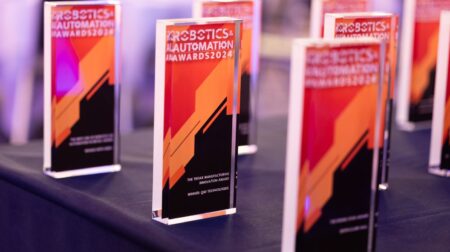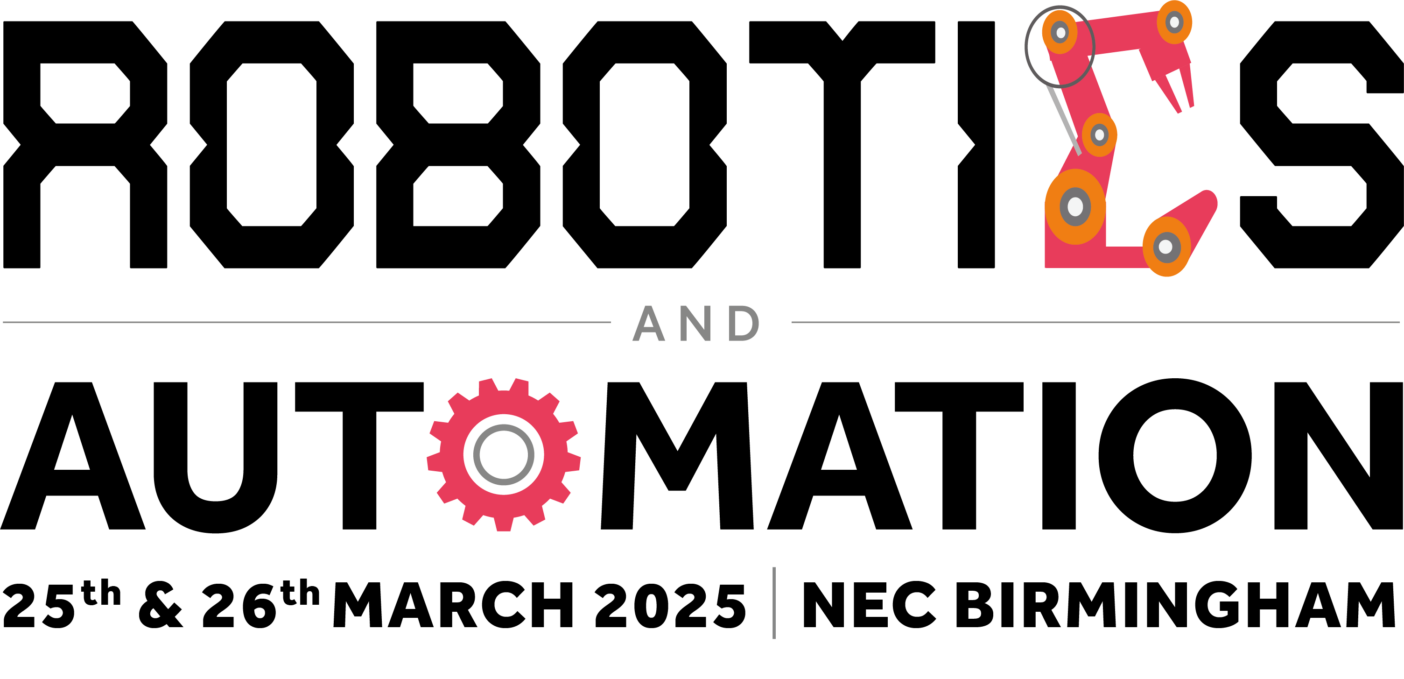Researchers from the University of Bristol have created a computer vision mapping system which could be deployed in both robots and autonomous vehicles.
The Pixel Processor Array (PPA) uses an evolving pixel map to localise itself providing low-energy instant mapping. The processor can also identify which information is required for a task through images sensed.
According to the team, it does not rely on energy intensive technologies such as GPS and also works just as well indoors as outside, giving it potential as a cost effective computer vision solution.
“We often take for granted things like our impressive spatial abilities,” said team leader Walterio Mayol-Cuevas, professor in robotics, computer vision and mobile systems at the University of Bristol’s department of computer science.
“Take bees or ants as an example. They have been shown to be able to use visual information to move around and achieve highly complex navigation, all without GPS or much energy consumption.
“In great part this is because their visual systems are extremely efficient and well-tuned to making and using maps, and robots can’t compete there yet.”
As the device moves around an area, attached to a robot or even carried by a human, it builds a visual catalogue that can then be used to match any new image when the system is seeking to localise itself.
However, as only the key data points that indicate where the PPA is with respect to the visual catalogue leave the device, no images are sent, this provides a layer of privacy that other computer visions are lacking. The researchers added this also makes the system more energy efficient.







